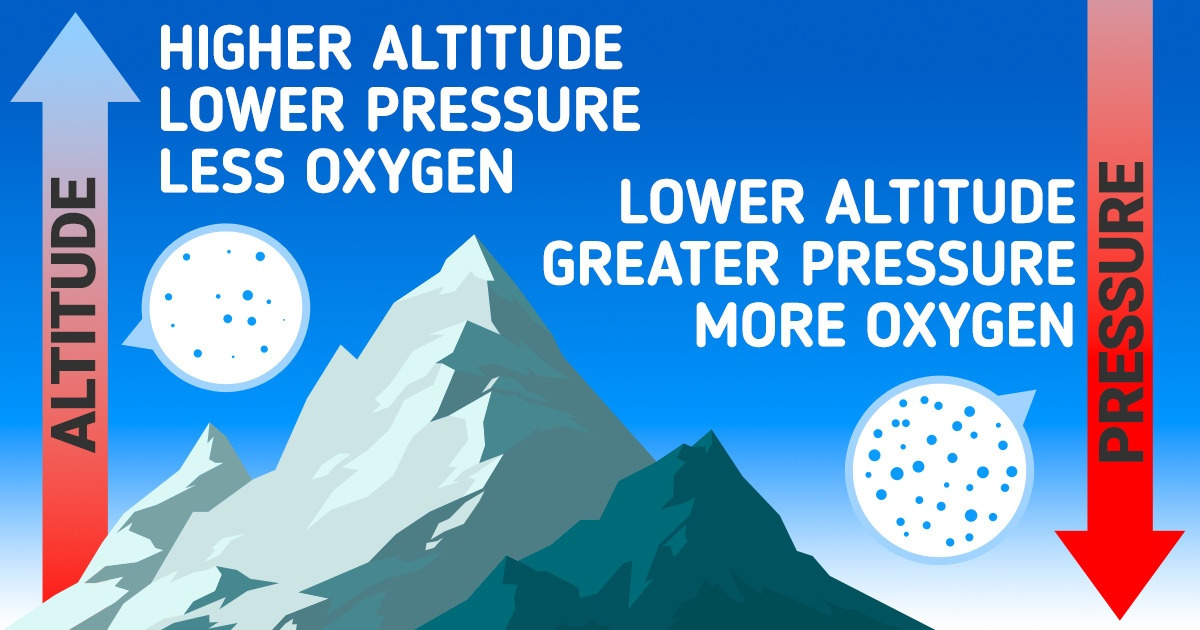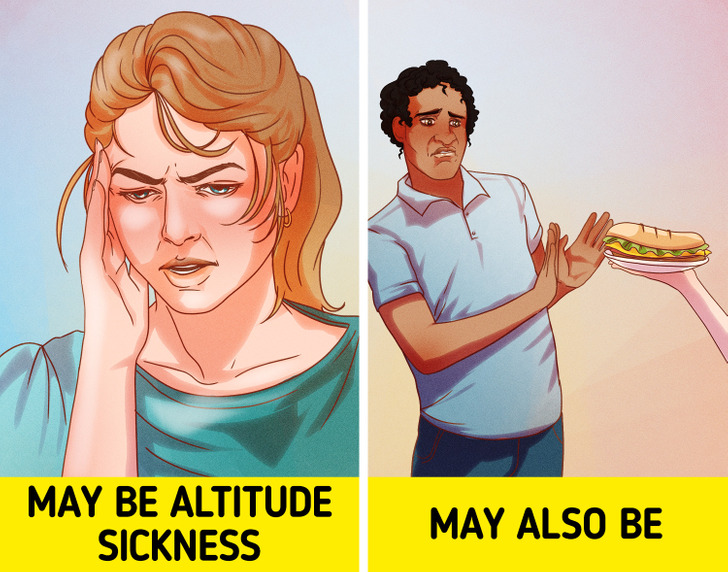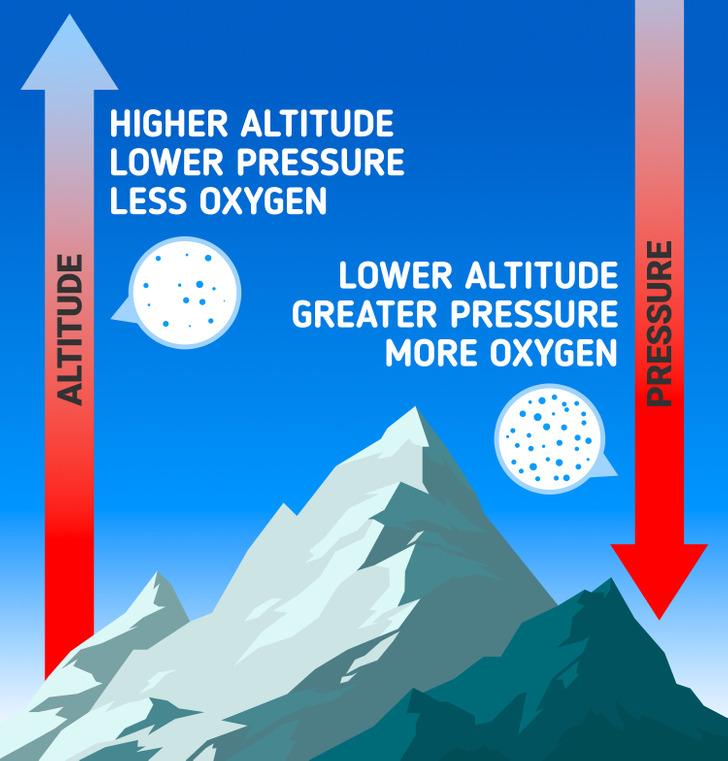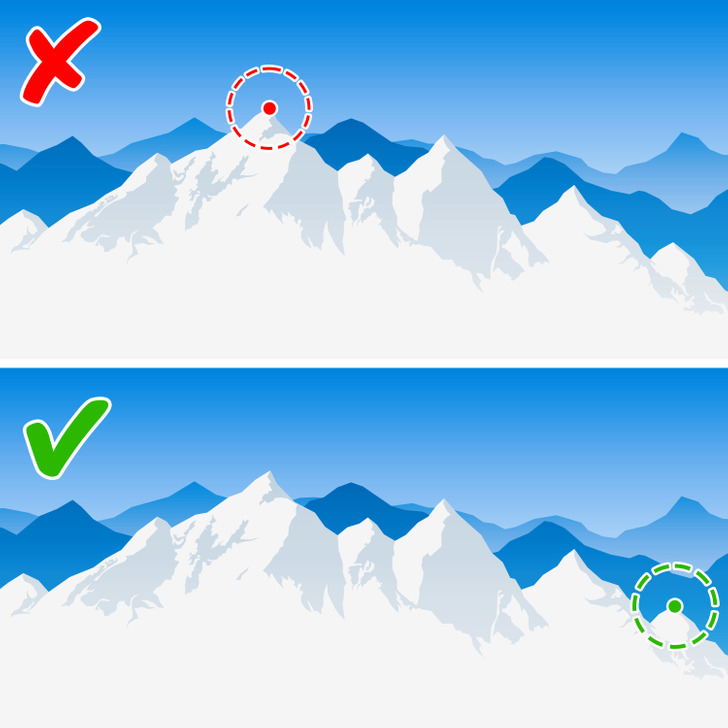What Altitude Sickness Is, and How to Prevent It

If you’ve planned or taken a trip to the mountains, it’s very likely that you’ve heard about or even experienced “mountain or altitude sickness” before. However, many people may still not know what this condition really is and why it happens.
5-Minute Crafts has prepared this guide to help you understand what altitude sickness is, who may suffer from it, its symptoms, and how to prevent it.
❗ Important: This article has been created for informative purposes only and does not replace professional advice. If you’re planning to go to a place of higher elevation or currently are at a high altitude, consult a doctor for proper guidelines, diagnosis, and treatment regarding altitude sickness.
What altitude sickness is
Also known as mountain sickness, altitude sickness consists of a group of several symptoms that appear if you climb or walk to land of higher elevation too quickly. For example, if you live in a city located at a rather high altitude, you may be used to the air pressure in that specific place. However, if you go somewhere located at a higher altitude than you’re accustomed to, your body will require time to adapt to the change in air pressure.
This happens because whenever you travel to a higher elevation, the atmospheric pressure of the air decreases and the number of gas molecules drops, resulting in less oxygen available for you to breathe. In other words, at a higher altitude, the air gets less dense or “thinner” than air closer to sea level.
Who can suffer from it

Anyone can develop this condition, no matter their age, level of fitness, or health status. Even the most athletic people can get it. Moreover, physical activity at a high altitude can make a person more likely to get altitude sickness.
At the same time, the risk of suffering from altitude sickness can depend on other factors, such as how quickly you travel to a place of higher elevation, how high you walk, the altitude of where you live, and whether you’ve experienced altitude sickness in the past.
What the symptoms are

- Headache
- Nausea
- Dizziness
- Vomiting
- Shortness of breath
- Fatigue and loss of energy
- Sleep problems
- Loss of appetite
Symptoms related to altitude sickness usually appear between 6 and 24 hours after getting at altitudes more than 8,000 feet, or 2,500 meters above sea level. These may begin to disappear within a couple of days as your body adapts to the changes in elevation.
❗ If your symptoms are serious or if mild symptoms don’t get better in a couple of days, go to a lower elevation as soon as possible and get medical assistance right away. Severe symptoms include loss of coordination, severe headache, confusion, and inability to walk, among others.
How to prevent it
Acclimatization is considered the best way to lower the risk of experiencing altitude sickness. This means that you should allow your body to get used to air pressure changes as you go up to higher altitudes.
For instance, you should climb or walk to higher elevations slowly, as this will help your lungs inhale more air by breathing deeply and letting more of the red blood cells in your body transport oxygen to different parts.
Some of the basic recommendations for acclimatization are:
- Start your trip below 10,000 feet. If you have to drive or fly somewhere of higher elevation, stop at a place that’s lower for at least 24 hours before you go any higher.
- If you have to go up over 1,000 feet within a day, come back down to sleep at a lower elevation.
- If you hike, walk, or climb above 10,000 feet, only go up 1,000 feet more at most per day. For every 3,000 feet you hike, take a 24-hour rest at that elevation.
- Drink 3 to 4 quarts of water per day and make sure that around 70% of your calorie intake comes from carbohydrates.
- Don’t do vigorous exercise during the first 48 hours.

